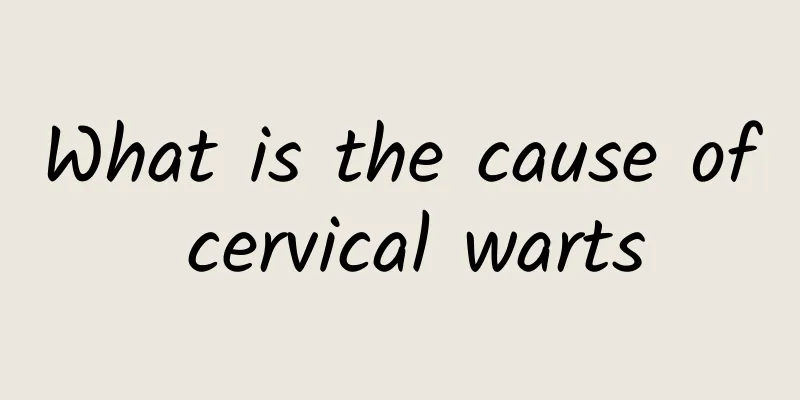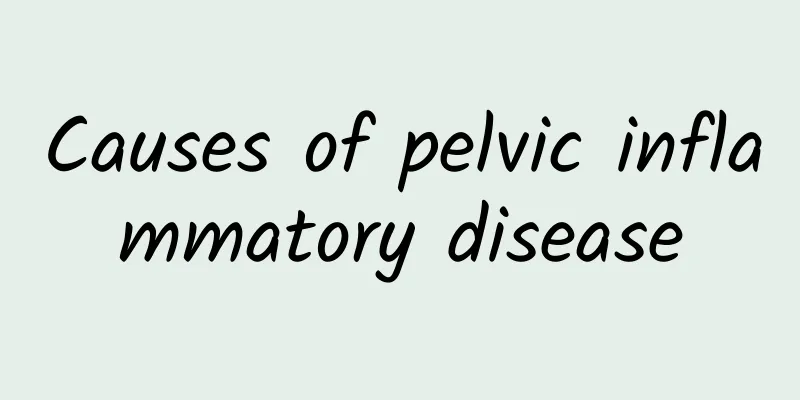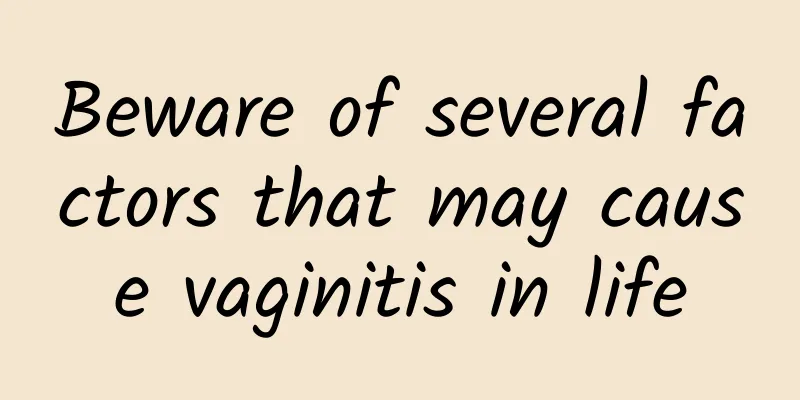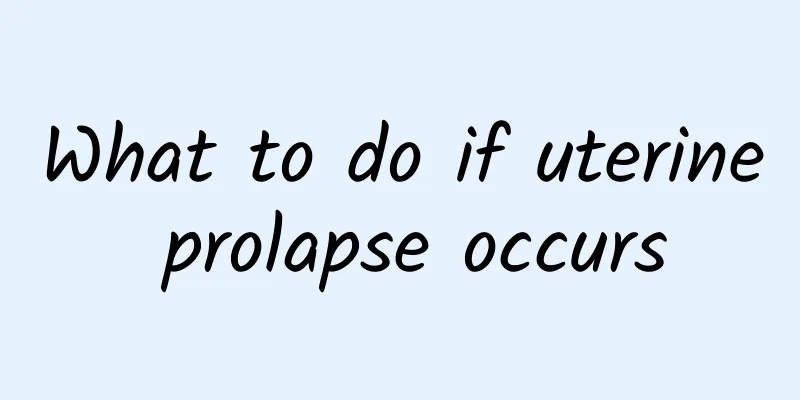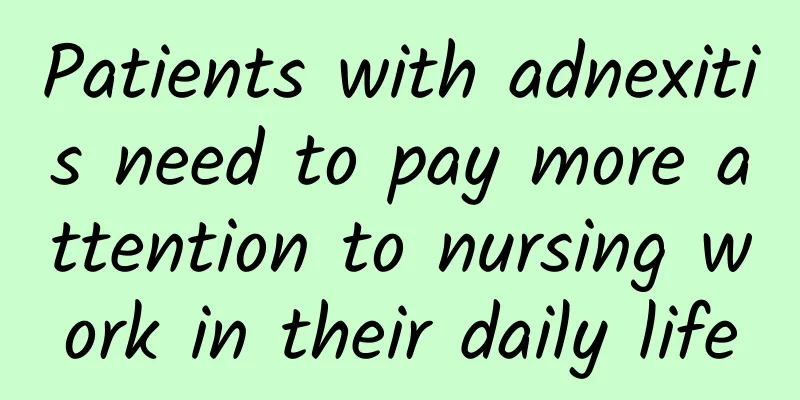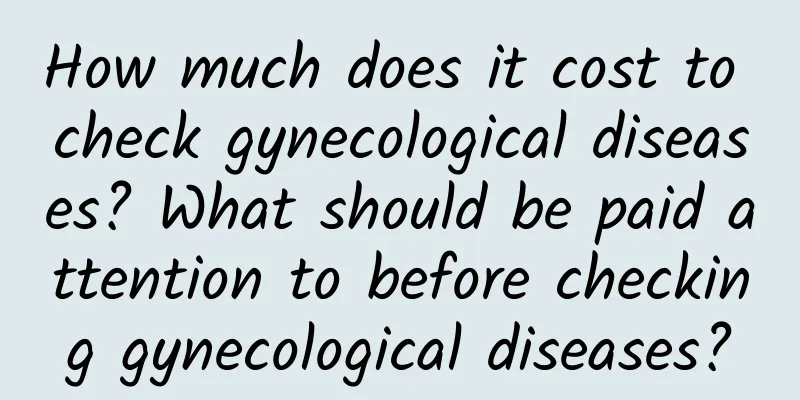How to treat subserosal uterine fibroids How to use medication for subserosal uterine fibroids
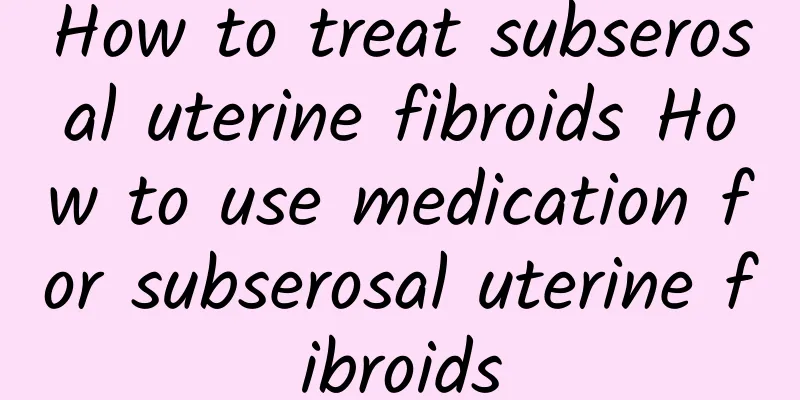
|
Although uterine fibroids are a benign fibroid, generally speaking, they do not endanger everyone's health. But after all, it is a disease. The treatment this morning is really good! Therefore, we should detect and treat uterine fibroids as soon as possible. So how to treat subserosal uterine fibroids? Subserosal uterine fibroids usually do not have obvious menstrual changes. There is acute abdominal pain when the pedicle is twisted. When the subserosal uterine fibroids are red, the abdominal pain is severe and accompanied by fever. Subserosal uterine fibroids are common in lower abdominal swelling and back pain, and menstruation is aggravated. This is usually difficult for patients to find out by themselves, and is usually discovered accidentally during a gynecological examination. Therefore, the treatment of subserosal uterine fibroids requires special care. The treatment of uterine fibroids can be treated with traditional Chinese medicine or Western medicine. Its treatment methods mainly include: 1. Expected treatment: Myoma is small, asymptomatic, without complications, without degeneration, and has no impact on health. Perimenopausal patients have no clinical symptoms, and considering that myoma may shrink or shrink after ovarian dysfunction. In the above cases, expectant treatment can be adopted, that is, regular follow-up observation of clinical and imaging (once every 3 to 6 months). Treatment is decided based on the review results. 2. Drug therapy: There are many new developments in drug therapy. 3. Surgical treatment: The age for myoma patients and hysterectomy was set at over 45 years old in the past. Now, the age for ovarian preservation is generally 50 years old (the average age of menopause is 49 years old). That is, those under 50 years old who can preserve their ovaries should do so. Or those who are over 50 years old and have not reached menopause should also preserve their normal ovaries, regardless of age. 4. Radiotherapy: Drug treatment is ineffective, there are contraindications to surgical treatment or surgical treatment is refused, but there are also certain contraindications. |
<<: How to treat multiple uterine fibroids? How to control diet for multiple uterine fibroids
>>: How to treat uterine fibroids? Common treatment methods for uterine fibroids
Recommend
Good news for weight loss! FDA approves oral weight loss drug Belviq
Good news for those who want to lose weight easil...
What staple food should I eat if I have threatened abortion?
In order to better nurture the next generation, p...
What to do if adenomyosis and adenomyoma are combined
What to do if adenomyosis is combined with adenom...
What are the hazards of missed abortion? Timely treatment is needed
Missed abortion can cause harm to women's bod...
Is pelvic effusion fatal?
If the pelvic effusion is physiological, it can u...
Experts explain the harm of uterine fibroids to women
"What are the harms of uterine fibroids to w...
What are the reasons for irregular menstruation in girls?
The reasons for irregular menstruation in girls a...
What to do about irregular menstruation? 5 effective ways to regulate menstruation
Women with irregular menstruation will have bad s...
Elaborate on the complications of uterine fibroids
Uterine fibroids are a common benign tumor in the...
What to do if there is residue in the cervical canal after spontaneous abortion
If there is any residue in the cervical canal aft...
Do you know what premature ovarian failure is?
Experts believe that research shows that the inci...
Why is cervical erosion easy to recur in women? There are 8 reasons why cervical erosion is easy to recur in women.
In life, women with cervical erosion are often pr...
How to care during the treatment of cervical warts
Nowadays people are under great pressure in life,...
How long does it take to get pregnant after a miscarriage?
How long does it take to get pregnant after a mis...
2 soups suitable for patients with ovarian cysts
During the treatment and recovery period of ovari...
